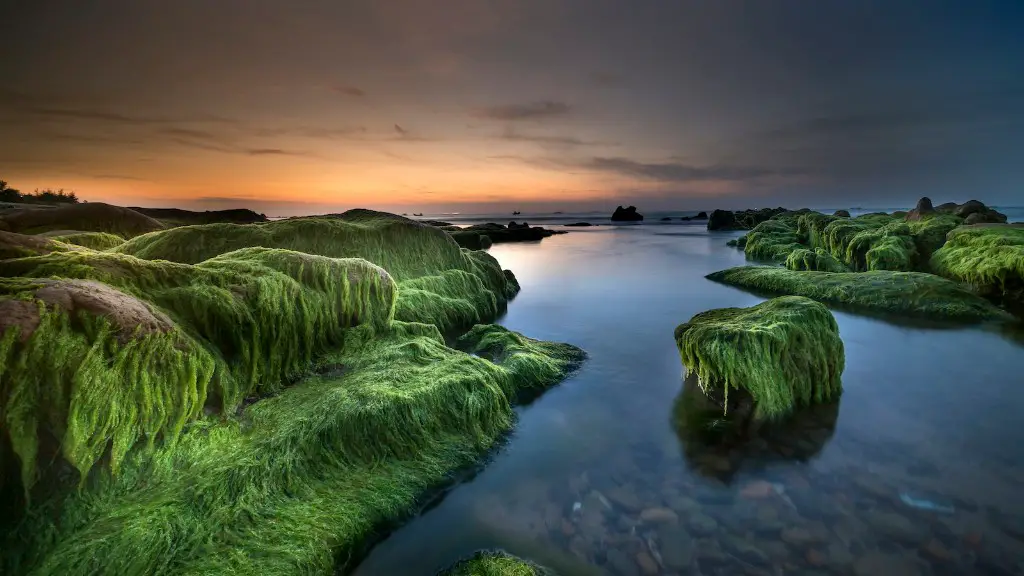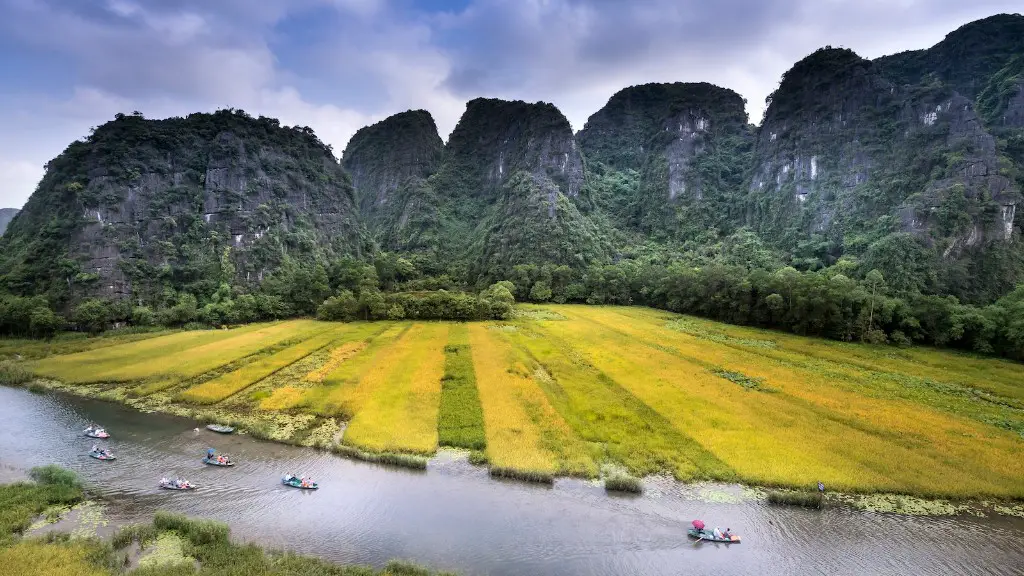Where is the Yangtze River?
The Yangtze River is the third-longest river in the world and the longest in China. It rises in the glaciers of the Kunlun Mountains in southwestern Qinghai and Qinghai-Tibet Plateau, flowing 6,380 km eastward across the entire country before emptying into the East China Sea. The Yangtze River is the most important river in China, and many cities and towns are located along it or near it. It is the main artery of transportation not only for people, but also goods and materials, and it is essential to many industries in the country.
The course of the Yangtze River is divided into three sections. The first section (the Upper course) is from the riverhead up to Yichang. It passes through the major cities of Lijiang, Dazu, Chongqing and Yibin. The section from Yichang to Wuhan is the middle reaches. Along this path the river passes through such cities as Yichang, Yueyang and Wuchang. The last section (the Lower Reaches) are from Wuhan to the estuary. It meanders through Jiujiang, Nanjing and Shanghai. This section is also the widest and deepest part of the Yangtze, so it is known as the “Yangtze Golden Waterway”.
Most of the tributaries of the Yangtze River originate from the area around the Tibet-Qinghai Plateau, including such rivers as the Yalong, Lancang, Min and Nu. The waters of the Yangtze River basin cover an area of over 1.8 million km2, and flow through 11 provinces, municipalities and autonomous regions, including Qinghai, Tibet, Sichuan, Yunnan, Gansu, Shaanxi, Hubei, Hunan, Jiangsu and Shanghai. In China, more than 40% of the population lives in this region.
In addition to its economic importance, the Yangtze River is also an important cultural symbol of China. It is said that the ancient Chinese civilization began along the banks of the Yangtze River. People in this region still rely heavily on the river for their livelihoods and for the daily necessities that it provides in the form of water for irrigation, transportation and fishing.
Effects on the Economy
The Yangtze River is an important commercial waterway and is a key factor in China’s economic growth and development. It is a major transportation conduit for the transportation of goods and even minerals. This provides a great boost to the economy, as it not only facilitates the transport of goods but allows for them to travel at a faster rate, thus allowing for the production of those goods at a higher rate.
The Yangtze River also plays a role in hydroelectric power production. There are numerous hydroelectric power plants set up along the river and these facilitate the production of electricity for use in various sectors of the economy. This has had a profoundly positive effect on the economy as it has allowed for the development of economic zones which have become thriving areas of economic activity.
In addition, the Yangtze River is also an important source of uncultivated land for agricultural purposes. This land is used for the farming of various crops and for the production of some of the most important food resources for the Chinese people. This has been a major factor in the development of the economy, as the land has been able to support the expansion of farms, thus providing food for an ever-growing population.
Impact on the Environment
The Yangtze River is also an important environmental resource. The river is home to many species of fish, which are important to the local ecosystem. The development along the river has had a major impact on the environment, as the pollution produced by industrial and agricultural activities has led to the degradation of the water quality and large-scale river bank erosion. This has had a detrimental effect on the biodiversity of the region.
In addition, the damming of the river by the Three Gorges Dam has had an effect on the environment, leading to the displacement of people and the inundation of large tracts of land. This has had an effect on the environment, as the land was previously used for agricultural purposes and wildlife habitat.
The pollution of the Yangtze River has also caused a great deal of concern in the region, as the fish, which are so important to the local economy, are affected and contaminated by the pollutants found in the water. This has caused a decrease in the fish population in the river, which has had a detrimental effect on the livelihoods of those who depend on fishing for their income.
Tourism in the Yangtze River
The Yangtze River is also an important source of tourism for the region. The length of the river, and the various cultural, historical and natural attractions along it, make it a popular destination for both Chinese and international tourists. Numerous cruises along the stretch of the river and its tributaries, departing from different locations, offer an opportunity to experience the beautiful scenery and appreciate the culture, history and natural ecosystem associated with the river.
The Yangtze River Bridge located in Chongqing is also a popular tourist attraction, as is the Three Gorges Dam, a massive hydroelectric project located in the Three Gorges area of the river. This is a testament of man’s ability to engineer such a monumental project, and the views along the river are spectacular.
The region around the Yangtze River also offers great opportunities for outdoor activities, such as rafting, trekking and camping. There are numerous tours operating in the region, offering visitors a chance to explore the great outdoors and experience the rustic beauty of the Yangtze River.
Conservation of the River
The Yangtze River is a fragile ecosystem, with its water quality and biodiversity at risk from a range of pollutants. Thus, various efforts have been established to preserve and conserve the river and to protect the environment from further damage. These include the introduction of various regulations to control and reduce industrial and agricultural activities that contribute to water pollution. Furthermore, various conservation programmes have been established to protect species of fish, birds and other animals living in the river.
The protection of the Yangtze River has become a priority for China. The Yangtze River Basin is considered an eco- treasure and the river is known as “Mother River” in China. Efforts are ongoing to improve the water quality, protect the environment, reduce the environmental impact of human activities, and promote sustainable development of the river.
Protection of Human Rights
The development of the Yangtze River has had a great impact on the people of China. In particular, the construction of the Three Gorges Dam has had a massive impact, leading to the displacement of many local communities, their homes and businesses and reorganizing their lives around the project. Numerous measures have been adopted to ensure that human rights and the interests of the affected people are protected, including compensation for those who were displaced by the project.
In addition, various efforts have been made to ensure that local communities living along the river have access to the basic necessities of life, such as food and water, and that the cultural and historical traditions of these communities are respected and preserved. The construction of the dam is also closely monitored to ensure that its impact on the environment is kept to a minimum and that human rights are respected.
Future of the Yangtze River
The Yangtze River is an integral part of Chinese history and culture, and is a vital resource for the Chinese economy. The future of the river is closely tied to the political and social developments in the region, as well as the environmental conservation efforts of the Chinese government. The construction of the Three Gorges Dam is an example of man’s ability to capitalize on available resources and achieve development and economic growth, while also taking measures to protect the environment.
In the future, it is likely that the Yangtze River will remain an important economic, social and cultural resource for the country. It is likely that various conservation measures will be introduced to ensure that the river remains a source of stability and progress for the Chinese people. It is also likely that efforts will continue to be made to ensure that the river is respected and appreciated as an important source of life and prosperity for China.





